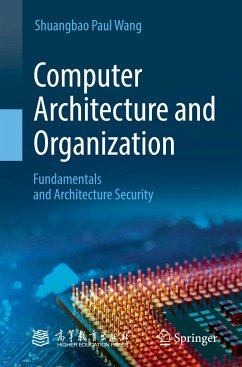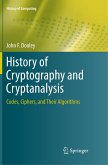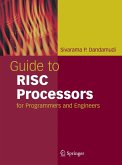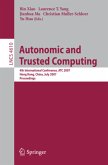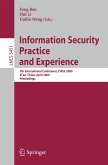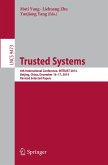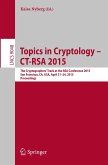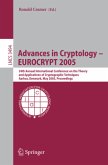In today's workplace, computer and cybersecurity professionals must understand both hardware and software to deploy effective security solutions. This book introduces readers to the fundamentals of computer architecture and organization for security, and provides them with both theoretical and practical solutions to design and implement secure computer systems. Offering an in-depth and innovative introduction to modern computer systems and patent-pending technologies in computer security, the text integrates design considerations with hands-on lessons learned to help practitioners design computer systems that are immune from attacks.
Studying computer architecture and organization from a security perspective is a new area. There are many books on computer architectures and many others on computer security. However, books introducing computer architecture and organization with security as the main focus are still rare. This book addresses not only how to secure computercomponents (CPU, Memory, I/O, and network) but also how to secure data and the computer system as a whole. It also incorporates experiences from the author's recent award-winning teaching and research.
The book also introduces the latest technologies, such as trusted computing, RISC-V, QEMU, cache security, virtualization, cloud computing, IoT, and quantum computing, as well as other advanced computing topics into the classroom in order to close the gap in workforce development.
The book is chiefly intended for undergraduate and graduate students in computer architecture and computer organization, as well as engineers, researchers, cybersecurity professionals, and middleware designers.
Studying computer architecture and organization from a security perspective is a new area. There are many books on computer architectures and many others on computer security. However, books introducing computer architecture and organization with security as the main focus are still rare. This book addresses not only how to secure computercomponents (CPU, Memory, I/O, and network) but also how to secure data and the computer system as a whole. It also incorporates experiences from the author's recent award-winning teaching and research.
The book also introduces the latest technologies, such as trusted computing, RISC-V, QEMU, cache security, virtualization, cloud computing, IoT, and quantum computing, as well as other advanced computing topics into the classroom in order to close the gap in workforce development.
The book is chiefly intended for undergraduate and graduate students in computer architecture and computer organization, as well as engineers, researchers, cybersecurity professionals, and middleware designers.

